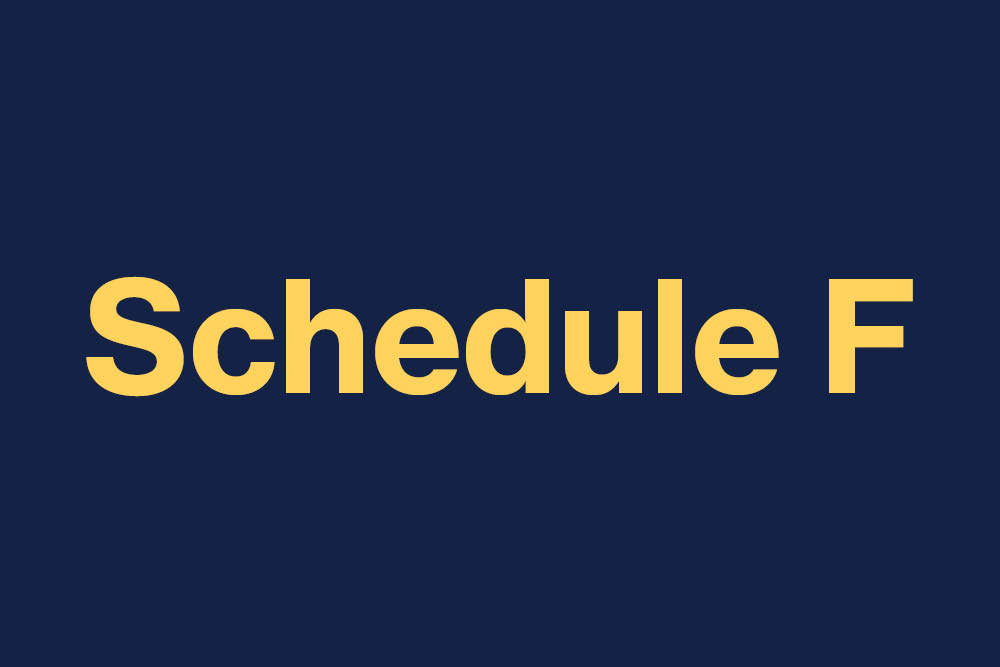A dictionary definition of an actuary is “a person who calculates insurance and annuity premiums, reserves and dividends.”
That definition is too narrow. Casualty actuaries use their analytical skills to predict what will happen in an uncertain situation. In insurance, the uncertainties are how much to charge for an insurance policy or how much to set aside for claims that haven’t even been made yet.
But the actuary’s analytical skills can do much more.
At the Casualty Actuarial Society’s Ratemaking and Product Management Seminar, held March 30-April 1, two actuaries showed how they used traditional pricing and reserving skills in fields far removed from insurance: cell phones and project management.
First, Frank Chang, FCAS, described how, as lead actuary at Google, he projected phone sales for the company’s Motorola division using standard actuarial reserving methods. Chang is now lead actuary at Uber Technologies, a company whose app lets riders summon rides via smartphone.
Chang held a fairly normal insurance-related job, helping Google manage its captive, an insurance company used for self-insurance. But around 2012, he was asked to help Google improve its monthly sales forecasts for Motorola phones. The company needed forecasts to allocate funds to the division. If the forecasts were wrong, then the funding decisions would suffer.
Enter the actuary. Chang noted that every week, the division re-estimated a given month’s sales. For example, based on sales figures through the first week of August, the division would project sales of January-made phones, February-made phones, March-made phones and so on. The next week, it would re-estimate all of those numbers based on updated sales figures.
Chang recognized that estimates for each month would change in a predictable fashion. They would start out wildly inaccurate—because no one would pay attention to an estimate until a few months had passed. At six months, the estimate would be “low-balled,” Chang noticed. Then the estimate would creep upward.
Company officials can see the cost of the riskier project. They might still undertake it, but they have a better idea what they are getting into.
In the insurance world, this would be called loss development—the tendency for a group of claims to grow and shrink in a predictable pattern as they settle.
To an actuary like Chang, this seemed obvious. Actuaries “think about things like development,” Chang said. “What happened to January as of January [then] as of February [then again] as of March.
“That kind of mindset, surprisingly, is not that prevalent” among the finance people he dealt with at Google. By projecting the patterns of the past onto the latest set of estimates, Chang was able to hone forecasts, helping Google get a better handle on their phone business.
A second panelist, Loren Nickel, FCAS, of Aon Risk Solutions, applied skills used in insurance pricing to assess the value of IT projects.
IT projects are infamous for being late and over budget. Nickel, an associate director at Aon, noticed that the cost estimates for projects didn’t typically take into account the risk of the project.
He applied what he called an “underwriting analysis” to each project, trying to get a “risk-adjusted” price for each project. Suppose there were two projects with identical projected expected costs, but one has a much greater chance of failure. That risk of failure, using Nickel’s actuarial analysis, would get a bigger risk load and end up being priced higher—the same way insuring a property exposed to catastrophe often ends up costing more than a more safely located risk would.
This helps companies compare projects on an “apples-to-apples” basis and, Nickel said, lets companies better assess which projects they want to carry out. Company officials can see the cost of the riskier project. They might still undertake it, but they have a better idea what they are getting into.
Though, in these particular projects, Chang and Nickel were far removed from the insurance world, both showed what casualty actuaries really can do: evaluate the likelihood of future events and design ways to reduce the likelihood of undesirable events. At Google and in the IT world, both were helping manage risk. Their work wasn’t insurance—but it was actuarial.
Jim Lynch is chief actuary and director of research and information services for III.













